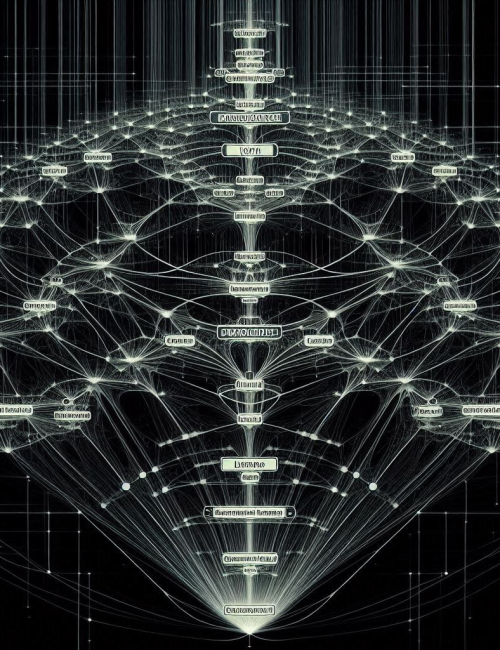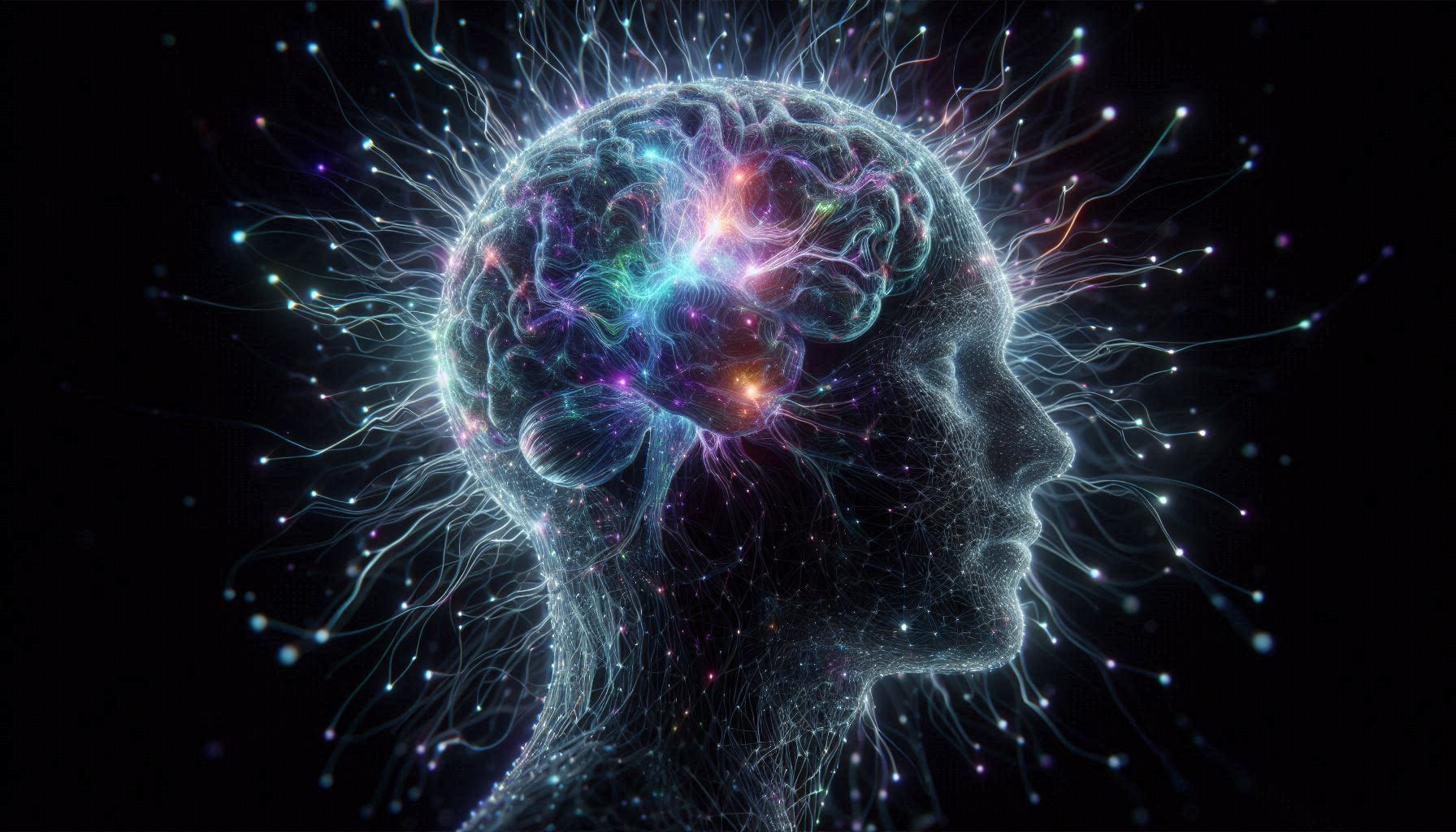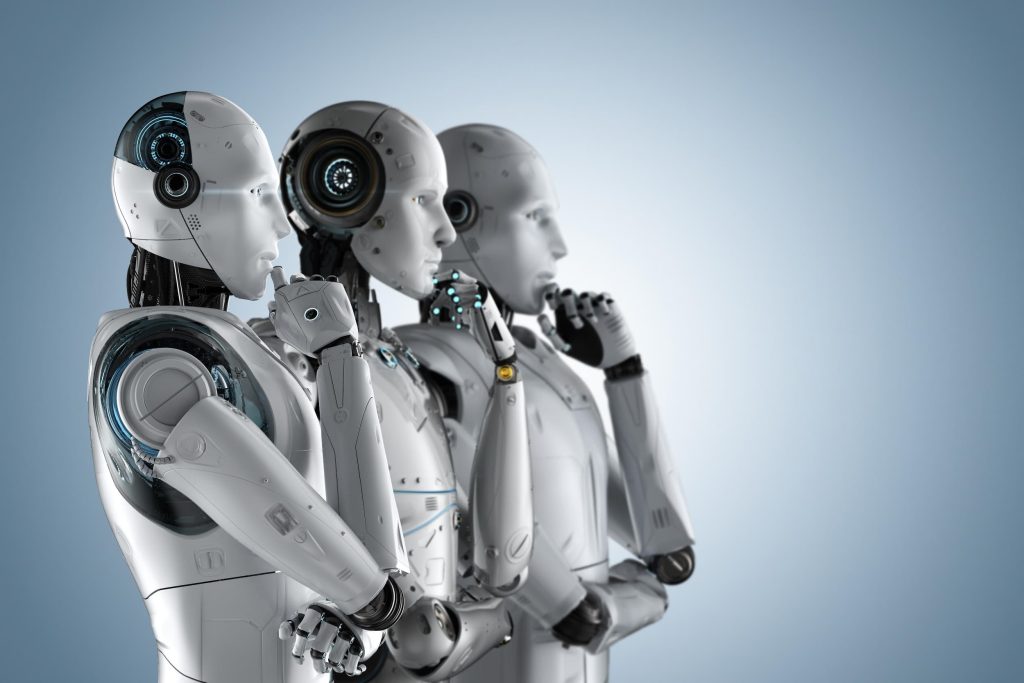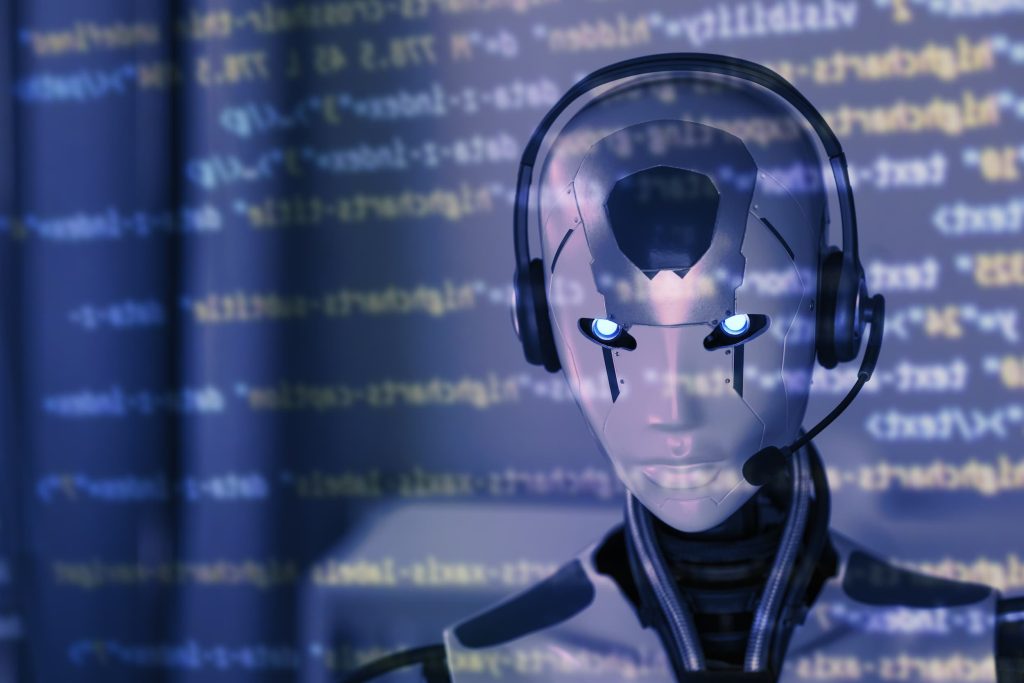Have you ever wondered about the technology behind futuristic advancements like self-driving cars, personalised recommendation algorithms, and facial recognition? Neural Networks are at the heart of these innovations, mimicking how the human brain operates to solve complex problems and make decisions.
In simple terms, we will unravel the mysteries of Neural Networks in a simple and engaging manner, empowering you to understand and appreciate the capacity of Artificial Intelligence.
Neural Networks In Simple Terms
Neural Networks are a type of Artificial Intelligence modelled after the human brain’s interconnected network of neurons. Comprised of layers of artificial neurons, neural network layers process data through complex mathematical operations to learn patterns, correlations, and relationships. By adjusting weights and biases during training…
Neural Networks can make predictions, classify data, and perform tasks like Object Recognition and Large Language Processing.
One of the key elements of neural networks is their ability to adapt and improve over time through training. Picture yourself as a neural network student, learning from examples to enhance your skills. As you receive feedback and adjust your approach, you become more proficient at the task at hand. Neural networks operate in a similar manner, adjusting their internal parameters to better approximate the desired output based on the provided data.
Deep Learning
Just as our brain can specialise in different tasks like recognising faces or understanding language, Neural Networks can be tailored for specific purposes through a process called Deep Learning. Deep Learning is a specific approach to Machine Learning that utilises Neural Networks with multiple layers (hence the term “deep”.)
Deep Learning involves building and training networks with multiple layers of interconnected artificial neurons. These interconnected layers enable the network to automatically learn to extract hierarchical representations from the input data, allowing for more sophisticated and abstract features to be learned as the data passes through the layers. This ability to learn complex representations makes Deep Learning particularly effective for tasks such as Image Recognition, Natural Language Processing, and Pattern Analysis in large datasets.

Neural Networks Drive Innovation
Neural Networks represent a cutting-edge technology that has revolutionised the field of AI and Machine Learning. With their ability to mimic the human brain’s interconnected network of neurons, Neural Networks are adept at pattern recognition, Predictive Analytics, and solving complex problems in various industries. Their hierarchical structure allows for automatic learning from data, making them versatile tools for tasks like image recognition, natural language processing, and decision-making based on vast datasets.
As we continue to push the boundaries of technology and innovation, Neural Networks will play an increasingly critical role in advancing research, improving efficiency, and driving digital innovation.






